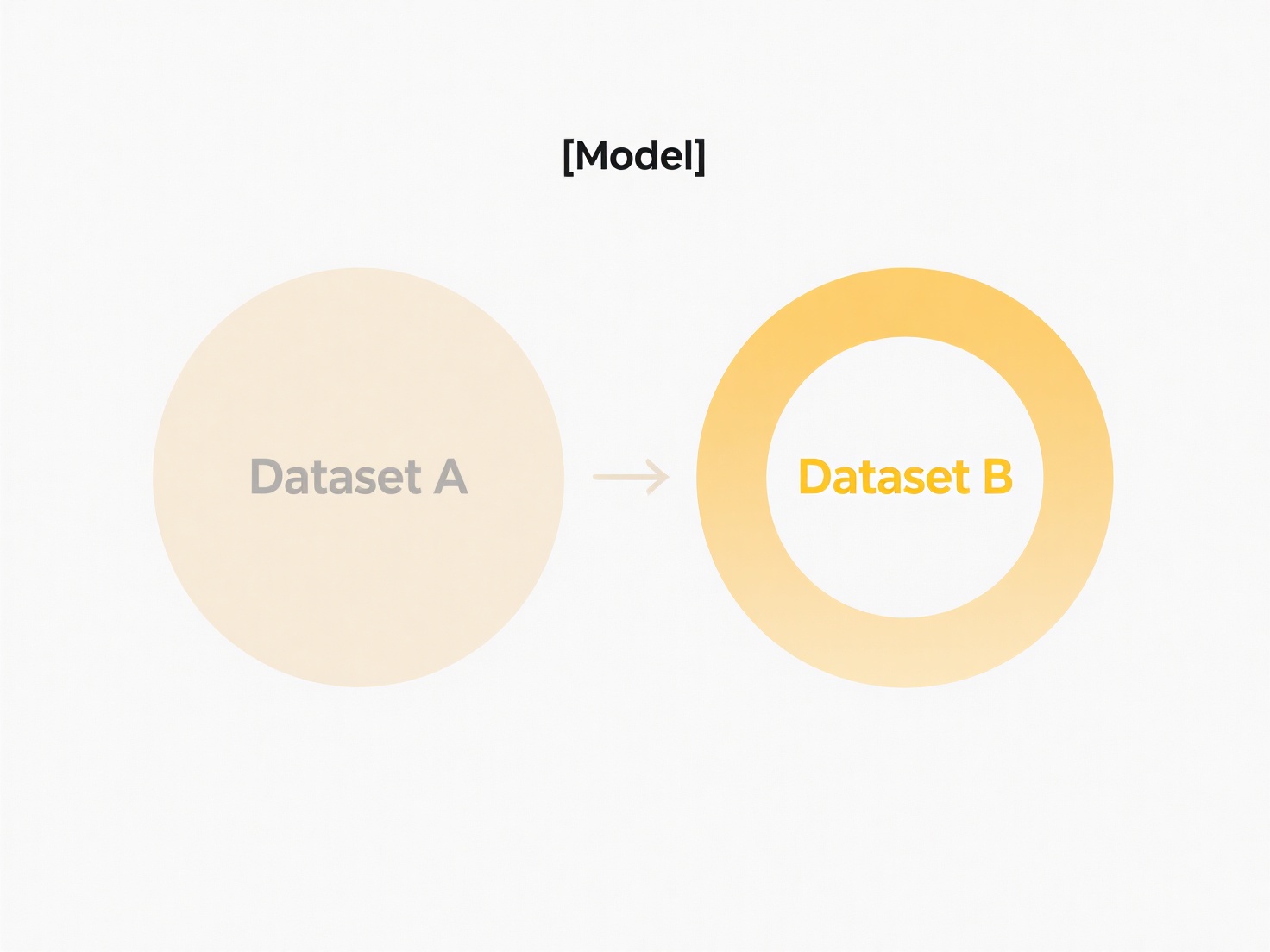
Some file formats are not natively readable by your operating system's basic software due to specialized encoding, security features, or complex functionality. Common programs like web browsers or document viewers only understand a core set of standard formats (e.g., TXT, basic images). Proprietary formats (like certain CAD files or encrypted PDFs) or those requiring specific rendering engines (like complex multimedia or interactive elements) need dedicated interpretation software, which comes as a plugin or add-on. This acts as a translator for your main application.
For instance, you might need Adobe Acrobat Reader plugin to view or interact with advanced PDF features like digital signatures or embedded forms, particularly common in legal, banking, or government settings. Similarly, opening older video files encoded with legacy codecs (like QuickTime MOV) or viewing certain 3D models online often requires installing a specific browser add-on or media player component. Plugins enable specialized functionality within applications like graphics software or web browsers.

While plugins provide essential access to diverse content and features, they introduce drawbacks. They can pose security risks (outdated plugins are common attack vectors) and cause compatibility issues across devices/browsers. Installation adds user friction and may require frequent updates. The trend moves towards universal web standards (like HTML5) to reduce plugin reliance, but they remain crucial for interacting with many specialized or proprietary file types efficiently.
Why does my file require a plugin or add-on to open?
Some file formats are not natively readable by your operating system's basic software due to specialized encoding, security features, or complex functionality. Common programs like web browsers or document viewers only understand a core set of standard formats (e.g., TXT, basic images). Proprietary formats (like certain CAD files or encrypted PDFs) or those requiring specific rendering engines (like complex multimedia or interactive elements) need dedicated interpretation software, which comes as a plugin or add-on. This acts as a translator for your main application.
For instance, you might need Adobe Acrobat Reader plugin to view or interact with advanced PDF features like digital signatures or embedded forms, particularly common in legal, banking, or government settings. Similarly, opening older video files encoded with legacy codecs (like QuickTime MOV) or viewing certain 3D models online often requires installing a specific browser add-on or media player component. Plugins enable specialized functionality within applications like graphics software or web browsers.

While plugins provide essential access to diverse content and features, they introduce drawbacks. They can pose security risks (outdated plugins are common attack vectors) and cause compatibility issues across devices/browsers. Installation adds user friction and may require frequent updates. The trend moves towards universal web standards (like HTML5) to reduce plugin reliance, but they remain crucial for interacting with many specialized or proprietary file types efficiently.
Quick Article Links
How do I find system-generated files like crash reports?
System-generated files are diagnostic records created automatically by an operating system or applications when errors o...
How accurate is the AI keyword recognition in Wisfile?
How accurate is the AI keyword recognition in Wisfile? Wisfile's AI keyword recognition provides intelligent analysis ...
How should I name log files that update daily?
Daily log file names should clearly indicate both content and generation date to maintain chronological organization. Co...